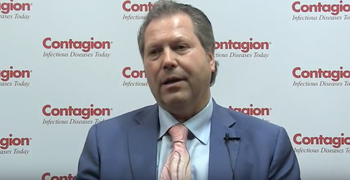
Joergen Richt, DVM, PhD, discusses which animal models are being used to study Zika virus.

Joergen Richt, DVM, PhD, discusses which animal models are being used to study Zika virus.
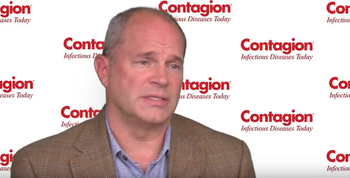
Alex Rinehart, PhD, explains if cabotegravir interacts with any other medications.
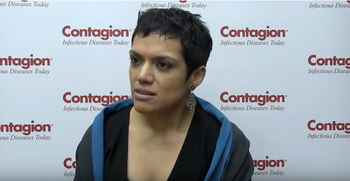
Silvia Munoz-Price, MD, PhD, explains how the undefined role of a hospital epidemiologist can be problematic.
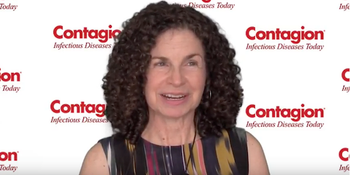
Jessica Justman, MD, reveals the latest results of the Population-based HIV Impact Assessment Project (2017).
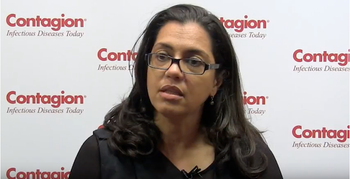
Viviane Boaventura, MD, MsC, PhD, shares how past research has demonstrated that adults can experience Zika-associated hearing loss.
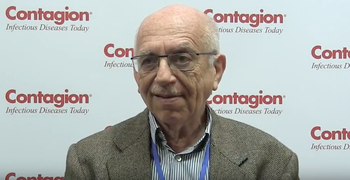
Silvio Pitlik, MD, visiting scientist, Weizmann Institute of Science, Israel, explains how the first Lyme disease patients were misdiagnosed.
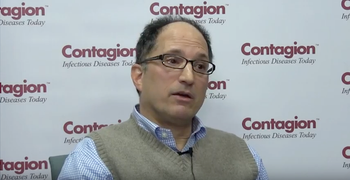
Daniel Pilch, PhD, explains how the health care system must change in order to battle antibiotic resistance.
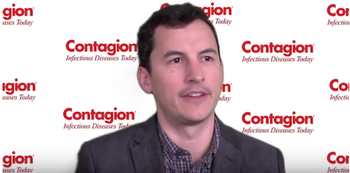
Alan Gross, PharmD, shares how an early diagnosis of multidrug-resistant pneumonia can work towards improving patient outcomes.
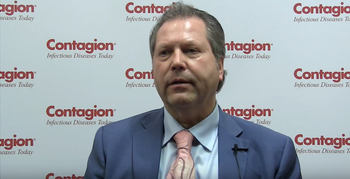
Joergen Richt, DVM, PhD, discusses the transmission cycle of Zika virus.
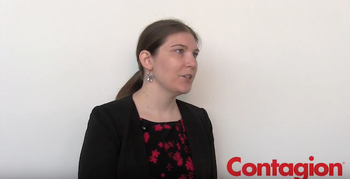
Milena McLaughlin, PharmD, MSc, explains how officials test if a drug is counterfeit or active.

Meghan Jeffres, PharmD, shares what should be considered when considering the incorporation of penicillin skin testing into a health care facility.
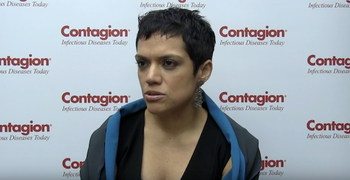
Silvia Munoz-Price, MD, PhD, explains different elements that should be incorporated into training programs for hospital epidemiologists.
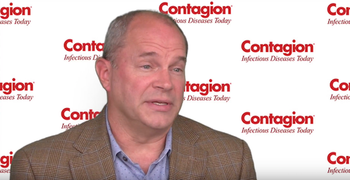
Alex Rinehart, PhD, identifies the target population for cabotegravir.
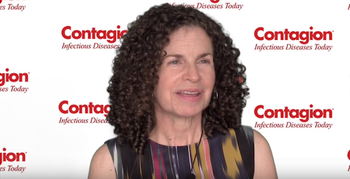
Jessica Justman, MD, shares why the Population-based HIV Impact Assessment Project is so important.
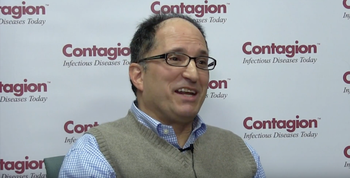
Daniel Pilch, PhD, explains which patients would not make good candidates for MRSA prodrug TXA709.
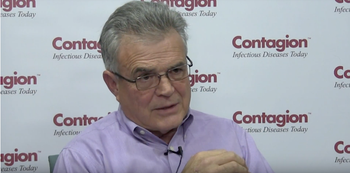
Edmond LaVoie, PhD, shares different approaches that can be used to forestall the development of antibiotic resistance.
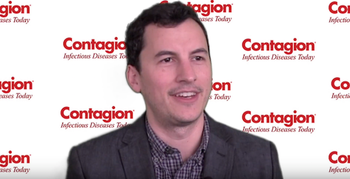
Alan Gross, PharmD, BCPS-AQID, shares how the Society of Infectious Diseases Pharmacists is working to improve antibiotic stewardship programs in long-term care facilities.
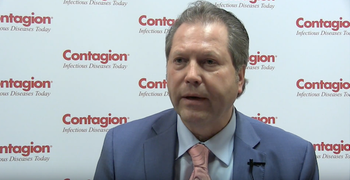
Joergen Richt, DVM, PhD, discusses animals that have proven susceptible to Zika virus replication after experimental infection.
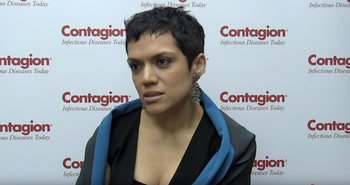
Silvia Munoz-Price, MD, PhD, shares a few issues that hospital epidemiologists currently face.

Julian Hurdle, PhD, explains research focused on validating FabK as an essential enzyme to be used as a narrow-spectrum drug target against Clostridium difficile.
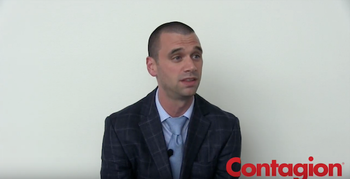
Jason Pogue, PharmD, BCPS-ID, explains the clinical significance of his research team’s findings regarding the use of ceftolozane-tazobactam to treat Pseudomonas infections.
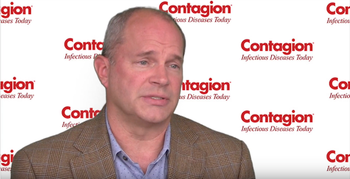
Alex Rinehart, PhD, explains how cabotegravir is a gender-neutral pre-exposure prophylaxis medication.
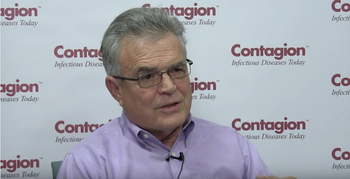
Edmond LaVoie, PhD, explains how his team’s approach can be applied in the development of novel drugs for the treatment of drug-resistant infections caused by Gram-negative and Gram-positive bacteria.
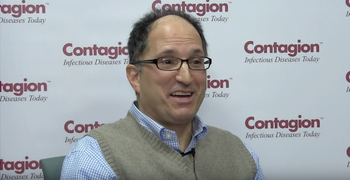
Daniel Pilch, PhD, discusses the approach that he and his team took to develop a new drug to fight MRSA.
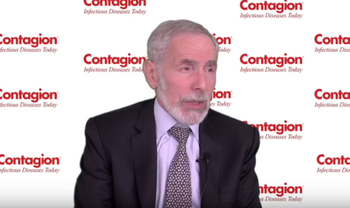
Kenneth Mayer, MD, discusses some societal challenges that at-risk individuals face today that may keep them from taking pre-exposure prophylaxis.
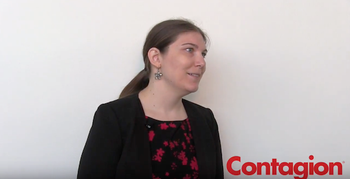
Milena McLaughlin, PharmD, MSc, explains how antimicrobial shortages differ between high- and low-income countries.
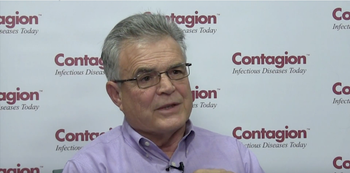
Edmond LaVoie, PhD, describes the properties of prodrug TXA709.
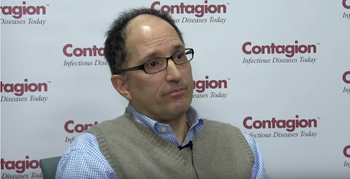
Daniel Pilch, PhD, discusses the potential of Staphylococcus aureus to develop resistance to TXA709.
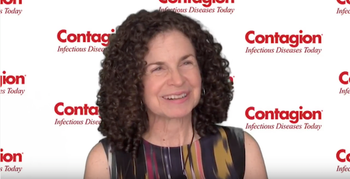
Jessica Justman, MD, explains the PHIA Project (population-based HIV impact assessments).
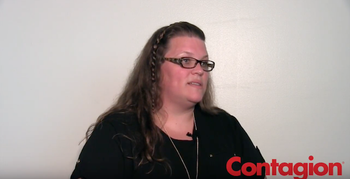
Meghan Jeffres, PharmD, discusses the legal liability of prescribing beta-lactams to patients who are allergic to penicillin.